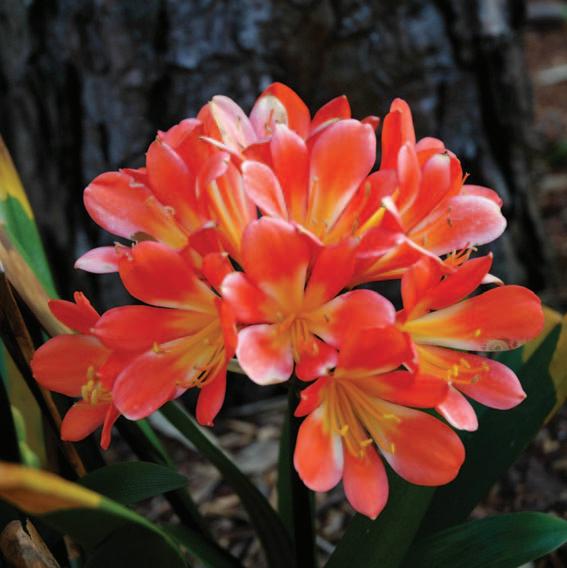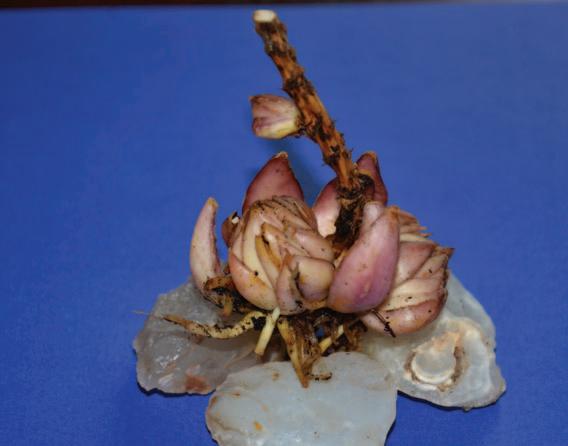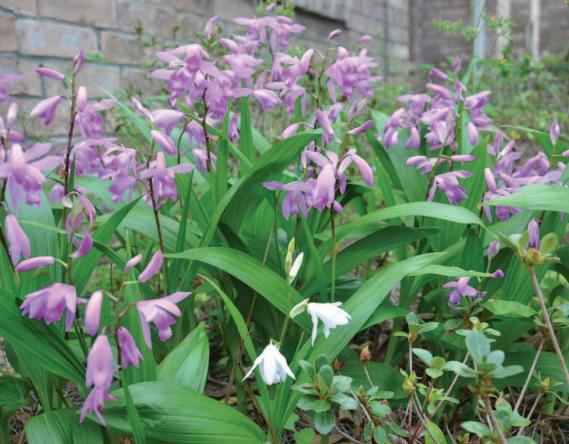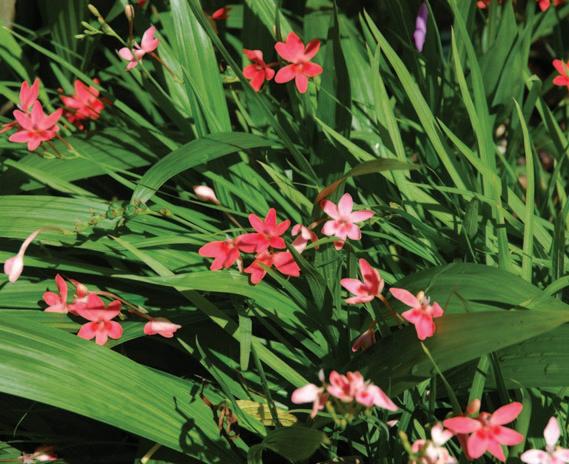
5 minute read
Natural Inspiration for the New Year
OUTSIDERS WELCOME
PHOTOS BY ARFiSHeR PHOTOgRAPHY
Advertisement
Named for a deep curve in the Rio Grande River that connects the United States and Mexico, the Big Bend region of West Texas is a land of striking beauty. The Big Bend region consists of five distinct communities including Marathon, Lajitas, Study Butte, Terlingua and the Big Bend National Park – each with their own unique West Texas flavor.
Far from any major city, the Big Bend is one of the world’s last frontiers, an untouched corner of the American West. With a population density of less than one person per square mile, the Big Bend is an ideal place to rediscover the simple pleasures of silence, solitude and open space. Nearby State Parks and Preserves guarantee access to over 1,000,000 acres of Public Lands.
The major point of interest in the Big Bend region is Big Bend National Park, which preserves more than 1,100 square miles of the rugged Chihuahuan Desert, the three massive canyons of the Rio Grande and the entire Chisos Mountain range. It is a land of superlatives: Big Bend National Park has more species of birds, plants, cactus, butterflies, bats and reptiles than any other US National Park. Even with these grand distinctions, Big Bend remains one of the least visited National Parks in the country so crowds and long lines are not a problem.

People come to the Big Bend region to participate in a variety of outdoor activities including hiking, river trips, horseback riding, mountain biking, birding, golfing, photography and even ziplining. Big Bend is also one of the most popular destinations for motorcycles anywhere in Texas with miles and miles of open roads and little traffic.
But scenery is not all you will find in Big Bend; there is also a vibrant local culture. The Big Bend region has become a haven for both artists and musicians. Visitors find an eclectic collection of shops and galleries, along with a selection of restaurants, bars and hopping night spots with live music daily.
For more information or to plan your next great adventure, go to: visitbigbend.com.




Clivia miniata will flower in the winter and makes a bold statement in the landscape. The Asiatic lily (Lilium asiatica) provides beautiful, long-lasting blooms.


BURIED TREASURES
Enjoy Year Round Blooms With Bulbs, Corms, Rhizomes and Tubers
This is the time for planting bulbs, but what kind of bulbs should be planted? In different parts of the country the bulb varieties will change depending on the USDA Plant Hardiness Zone Map. The map shows a historic average annual extreme minimum temperature for each climate zone. What this map doesn’t take into consideration is the summer heat and humidity that have an enormous effect on plant growth and vigor.
A bulb is a storage tuber that, when purchased, has all the energy needed for the next season’s growth and bloom. A true bulb resembles an onion with many layers of leaf scales that hold stored food.
Other bulb-like plants are corms, rhizomes and tubers. These are just different types of geophytes and are referred to as bulbous plants or miscellaneous bulbs for ease of reference. All of these swollen, underground plant parts contain the next season’s plant, including the flower.
Spring flowering bulbs are planted September through December, summer flowering bulbs are planted after the last frost in the spring. Bulbs called “shared treasures” are normally divided as the plants are going dormant, with no foliage, after the bloom season. Shared treasures should be put in a container with holes for drainage and enough soil to cover the bulb and placed somewhere around the garden until you decide where to plant them. This is just a holding pattern until you see green growth sprouting from the tip of the bulb and once you know what the leaves look like you can find a permanent home in the garden. I like to use rocks or plants to protect or remind me where my treasures are when they are dormant.
If you purchase bulbs or are gifted with bulbs that have dried up, you can soak them in warm water for a couple of hours to rehydrate them. I like to place them upright in the bowl with roots down for better uptake into the bulb.
Below (and continued on the next page) is a wonderful list of bulblike plants to add to the garden for extra interest.
Spring flowering: daffodil, narcissus, leucojum (snowflake), scilla (Roman hyacinth), Anomatheca laxa (painted petals), Louisiana iris, Dutch Iris, ipheion (starflower), tulipa clusiana and tulipa chrysantha, and Sprekelia (Aztec lily).



The Arbor Gate 281-351-8851 15635 FM 2920, Tomball arborgate.com

The lycoris aurea is a fall bloomer that is drought tolerant and deer resistant. The Asiatic lily bulb will split after blooming, making it easy to propagate the plants or share with a friend.
Bletilla striata (Chinese ground orchid) produces small, pinkish-purple flowers that bloom year round. A bulb basket will protect bulbs from squirrels and rodents, and also makes it easier to lift tender bulbs from the soil.
Summer flowering: oriental (fragrant), Asiatic lily (trumpet), Polianthes (tuberoses), Watsonia (bugle lily), gloriosa lily, caladium, Haemanthus (blood lily), gladiolus Byzantinus (magenta Byzantine gladiolus), hedychium (butterfly ginger), Kaempferia (peacock ginger) and Curcuma (hidden ginger).
Fall flowering: Rhodophiala (schoolhouse lily) and lycoris (naked lily or hurricane lily)
Winter flowering: Clivia miniata and paperwhites, which can be forced in containers for holiday gifts.
Perennial bulbs keep foliage year round and do not go dormant. This group includes amaryllis, agapanthus, bletilla (ground orchid), crinum, daylilies and rain lilies.
The Arbor Gate has a fantastic collection of bulbs that bloom year round. Once you start collecting and planting bulbs, you will be hooked on filling your garden with new bulbs for every season. Happy hunting and happy gardening.






